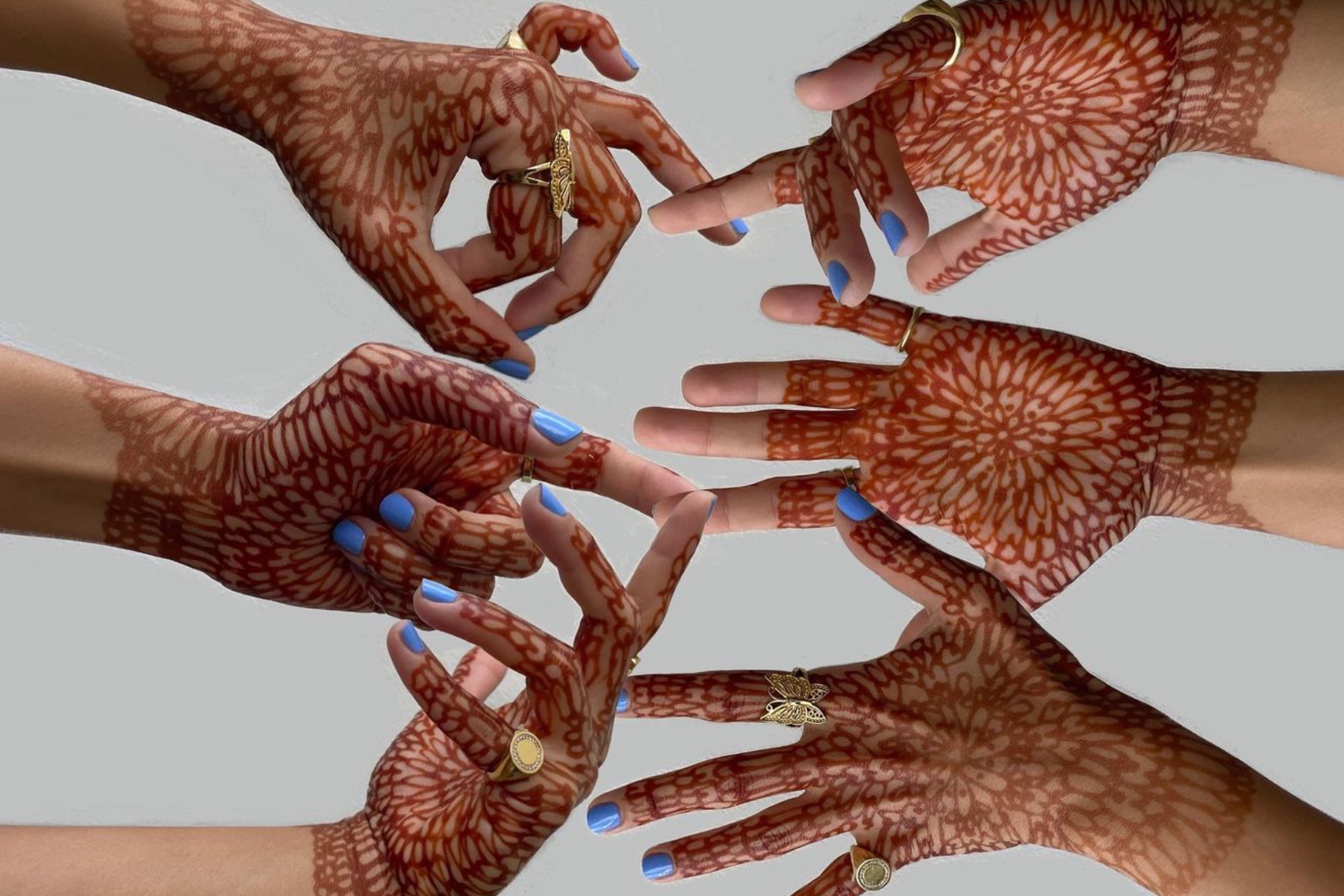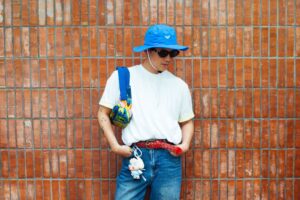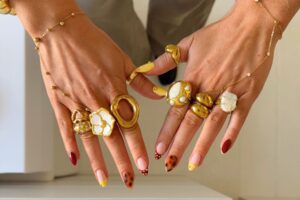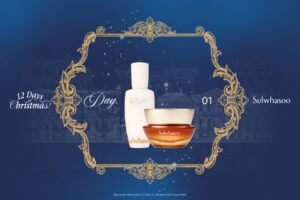The origins of henna art are shrouded in mystery, with no clear beginning to its practice. Some sources suggest that the ancient Egyptians, specifically during the time of the Pharaohs, were the first to use henna for body art, which soon spread across the globe for the purpose of religious practices.
Others speculate that Cleopatra herself was responsible for introducing the art of temporary tattoos to the world of beauty. She adorned her body with henna tattoos—even on hair and nails—to enhance her beauty and captivate her enemies. Even so, there is documented evidence of how ancient Indians adapted this art, which was later introduced as “mehndi”.
Related article: Did Cleopatra really invent the kohl liner?
Regardless of its origins, henna art has become a cherished tradition and an essential accessory for many cultures. Brides often apply henna before their wedding night, and cultural ladies wear it on celebrated occasions such as Diwali and Eid-ul Fitri. In the past, henna was made using a red, thick paste derived from the henna plant leaves. The paste was then filled inside a stick or wrappers, or fingers were dipped into the substance. After a few hours, the henna would dry off and leave a beautiful reddish-brown colour that could last for weeks.
Today, we can see how henna had flawlessly evolved into becoming a celebrated contemporary arts. The success of pushing henna into mainstream media and beauty trend has been proven by renowned artists like Azra Khamissa, Ruqaiyyah, Vicky Shahjehan and Nourie on Instagram. But that’s not exactly a bad judgement, though. Such evolution has allowed youths and new generations to cherish and appreciate the cultural art form. I mean, just look at Rihanna’s famous henna-inspired tattoo. Or Beyonce’s henna drawing on her belly to announce her pregnancy – highlighting the significance of placement in conveying a message or celebrating a special occasion.
In Malaysia, celebrities like Neelofa and Rozita Che’ Wan have experimented with wudu-friendly henna, gaining mass demand from their fans. And instead of sticking to the traditional plant-based formula, modern-day henna have adapted to a twist by incorporating a fresh colour palette, with contemporary shades such as white, gold, and red. This shift in colour has played a significant role in helping henna regain its popularity among the younger generation too, as studies have shown that youth are more likely to attracted to minimalistic colours and designs.
With that being said, as the younger generation becomes increasingly involved in the art industry, henna has witnessed a surge in the number of fresh patterns and designs, as well. If we compare the henna designs from 20 to 30 years ago, we can see a stark difference. The previously ‘boring’ and intricate designs of flowers and knots have now been taken to a whole new level of creativity and innovation. The introduction of customised designs has revolutionised the henna industry, allowing the art form to evolve and cater to the diverse preferences of the younger generation.
In the Middle East, abstract designs are highly favoured. These designs tend to be less floral and more focused on abstract shapes. In India, paisley patterns are extremely popular. These patterns often feature thin lines, dots, and waves. In North Africa, bolder and stronger designs with larger geometrical shapes are preferred. It is exciting to note that as the years go by, there will likely be even more options available for henna designs and abstract patterns, catering to the diverse preferences of individuals worldwide.
As henna artists continue to showcase their skills on various platforms, people are starting to take notice and showing interest in these once-forgotten cultural practices, especially in today’s generation. Henna has proven to be an art form that has stood the test of time, capturing the hearts of more and more individuals.
Featured image by Nourie.








